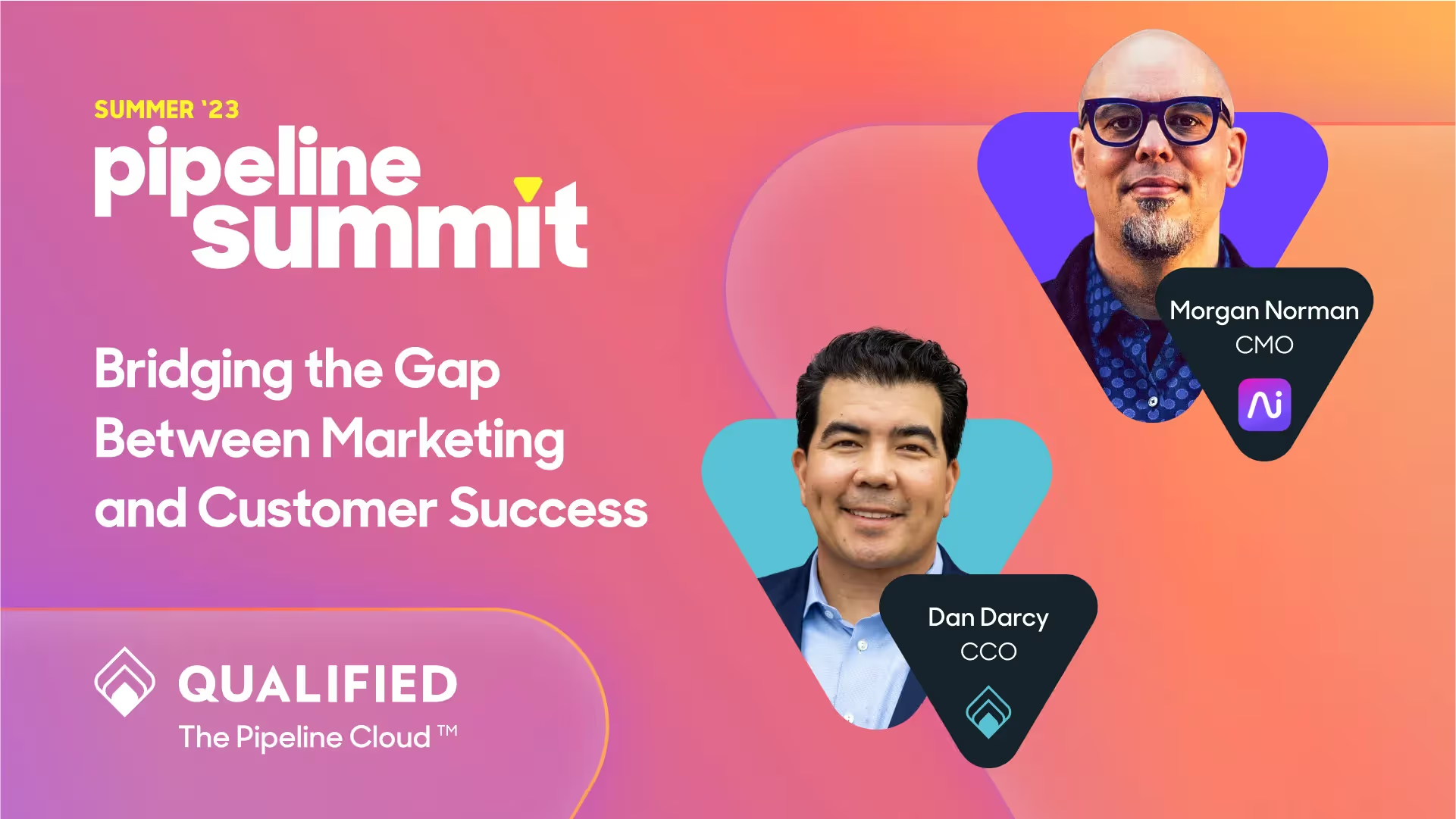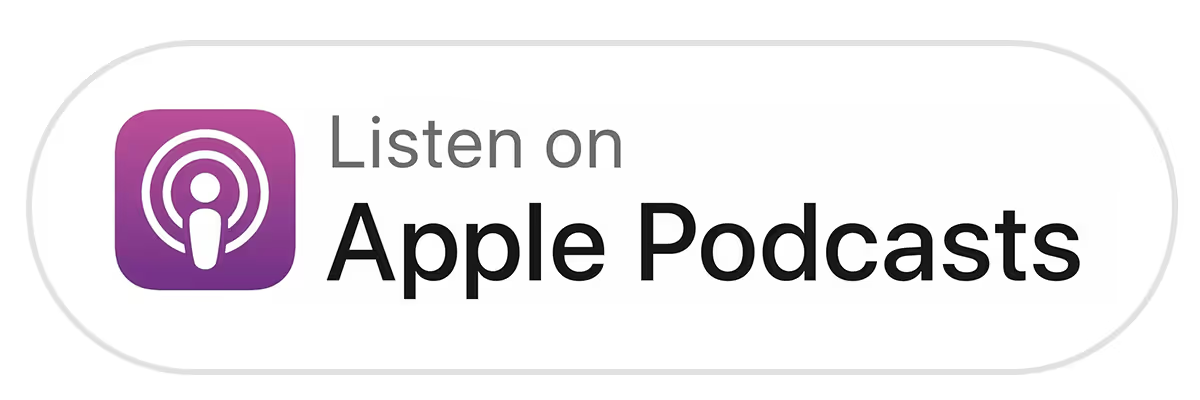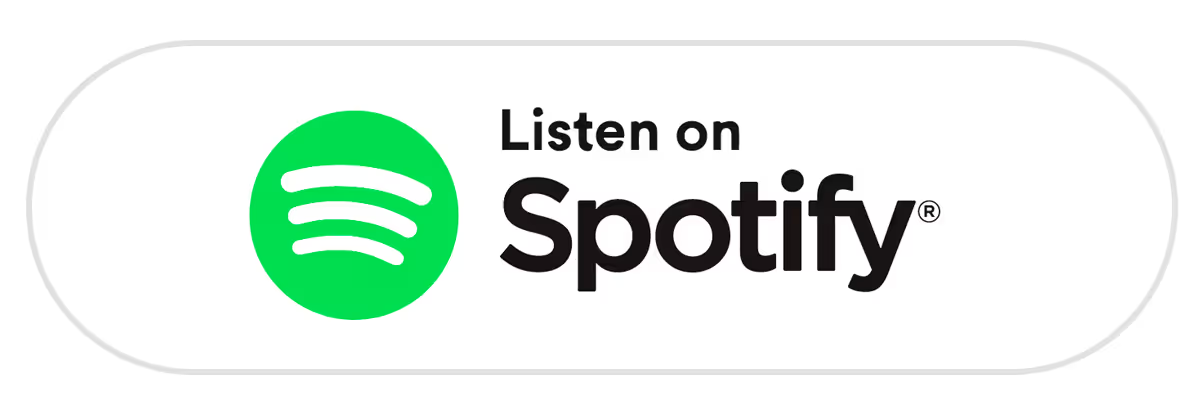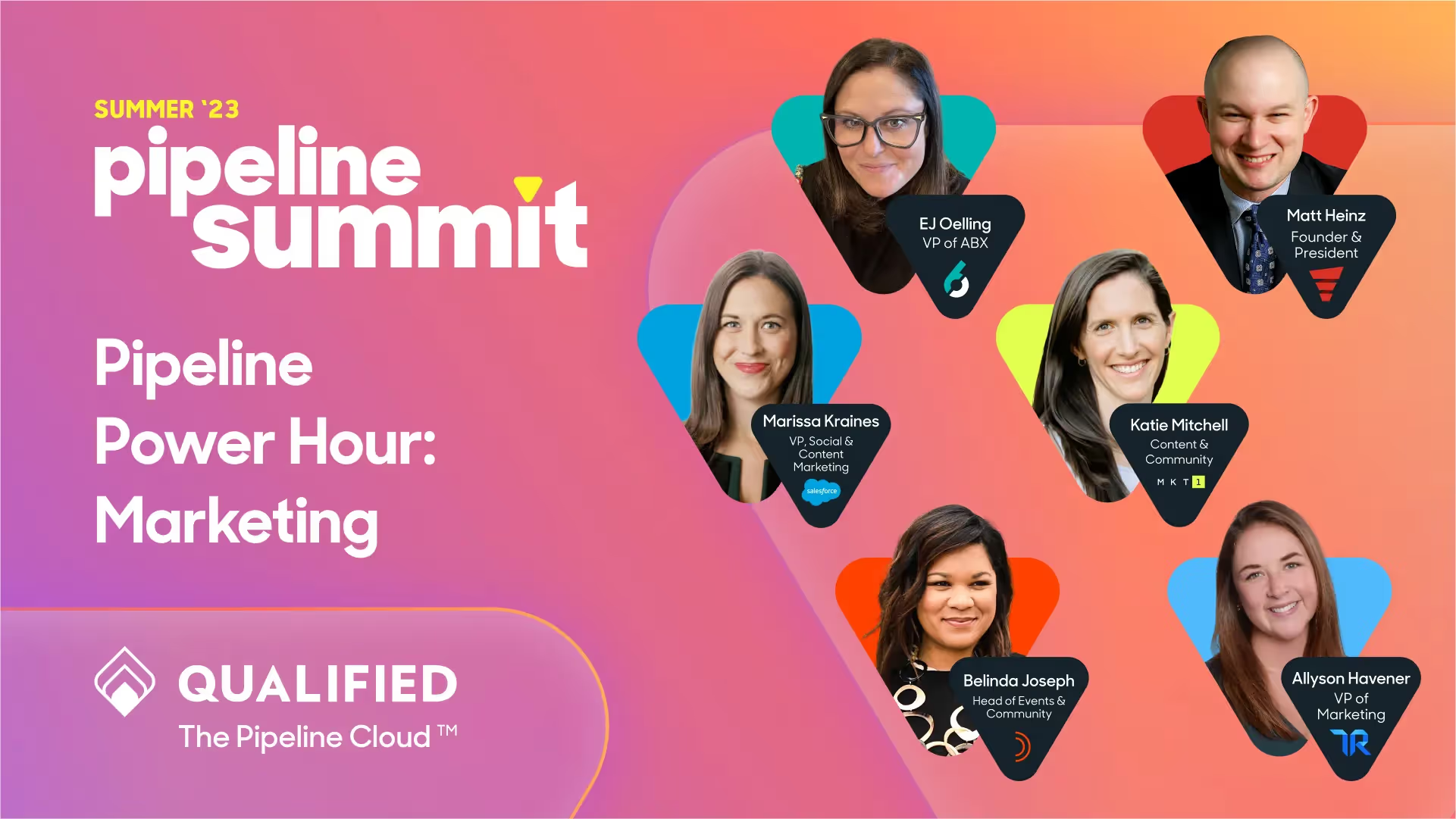Bridging the Gap Between Marketing and Customer Success
Customer retention has never been as important as it is right now. Learn how Marketing and Success orgs can work together to create unforgettable customer experiences that go well beyond their renewal period.



















.svg)


